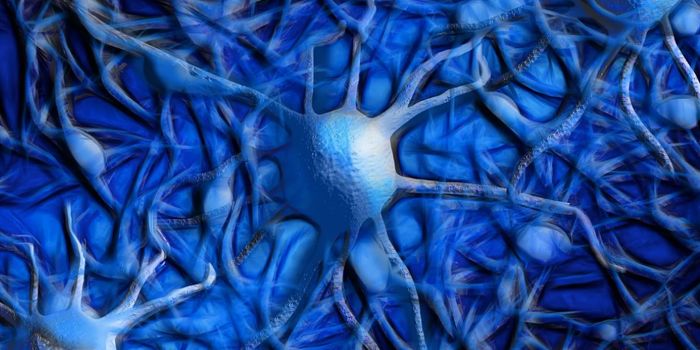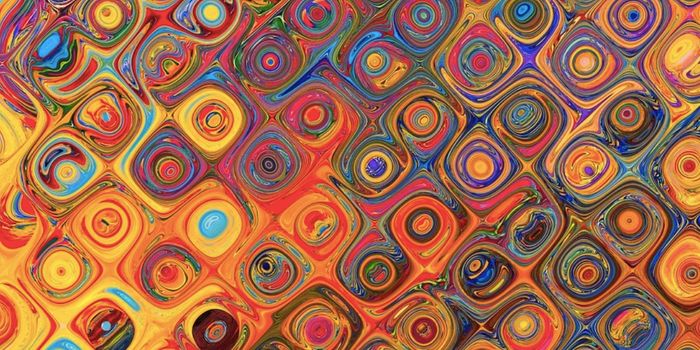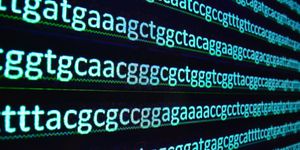A Gene That can Make Light Touch Feel Painful
Anyone that has had a sunburn knows that even a light brush against the skin, like that from putting on clothes, can become excruciating. Researchers have learned more about why that happens by studying a small group of patients with problems in their sense of touch. A gene called PIEZO2, which is known to function in how we sense ourselves in space and perceiving light touch, has been shown to have a role in how the nervous system reacts to inflammation and injury. This work, which was reported in two papers in Science Translational Medicine, may reveal a new therapeutic avenue for alleviating pain from burns, cuts, and injuries to the skin.
The video is a demonstration of how allodynia is assessed by clinicians.
"For years scientists have been trying to solve the mystery of how gentle touch becomes painful. These results suggest PIEZO2 is the gene for tactile allodynia. We hope that these results will help researchers develop better treatments for managing this form of pain," said Alexander T. Chesler, Ph.D., a Stadtman Investigator at the National Center for Complementary and Integrative Health (NCCIH) and a senior author of one of the studies. Tactile allodynia is the clinical term for a gentle touch that is painful.
The PIEZO2 gene produces a protein that generates an electrical signal in the nervous system when a cell changes shape, called mechanosensation. It allows us to sense when we’re pressing on something. The PIEZO2 gene has also been proposed to play a role in pain and touch.
In 2016, a team led by Chessler collaborated with Carsten G. Bönnemann, M.D., a senior investigator at the National Institute of Neurological Disorders and Stroke (NINDS) and found that two people that carried mutations in PIEZO2 had no proprioception; they could not sense their position in space. They were also insensitive to vibrations and had reduced sensitivity to some types of gentle touches.
Pain expert Catherine Bushnell, Ph.D. of NCCIH joined the team to assess four additional patients; their initial findings were confirmed when they established that PIEZO2 regulates tactile allodynia after an injury to the skin.
To assess allodynia, in which sensations that should not be painful become painful, volunteers with and without PIEZO2 mutations allowed researchers to apply either a placebo cream or a capsaicin cream to their arms. The scientists found significant differences in the groups, who could not see which arms got which cream.
Participants without PIEZO2 mutations felt pain when a swab was moved around the site of capsaicin cream, and could correctly identify which arm had been exposed to capsaicin (a compound found in hot peppers). Those with mutations, however, felt no difference between arms that had gotten the control cream and the arm that received the capsaicin cream.
"What's remarkable about the PIEZO2-deficient participants is the clarity of their conditions. With their help we're getting fundamental new insights about how the loss of PIEZO2 affects them specifically and learning what PIEZO2 is normally used for, which could be of immense medical importance to all other people," said Dr. Bönnemann. "This type of PIEZO2-dependent pain makes it very hard to apply bandages to burns and wounds that are important for healing. Most pain treatments numb large areas of the body. Our results suggest that if we could shut down PIEZO2 in the area of a wound, we would hopefully relieve the pain and speed recovery."
The researchers went on to confirm this work in mice. They also showed that in normal mice, inflammation does not impact how gentle brushing is sensed in neurons. It seems that in inflammatory states, soft touches become painful because our central nervous system is reinterpreting signals from the body.
"It appears that inflammation doesn't change the ability of neurons in the skin to sense gentle touch but instead reroutes the information that's sent throughout the rest of the nervous system," said Patapoutian. "We hope these results help pain researchers better understand the mechanisms behind tactile allodynia."
Sources: AAAS/Eurekalert! via NIH/National Institute of Neurological Disorders and Stroke, Science Translational Medicine Sczczot et al, Science Translational Medicine Murthy et al








